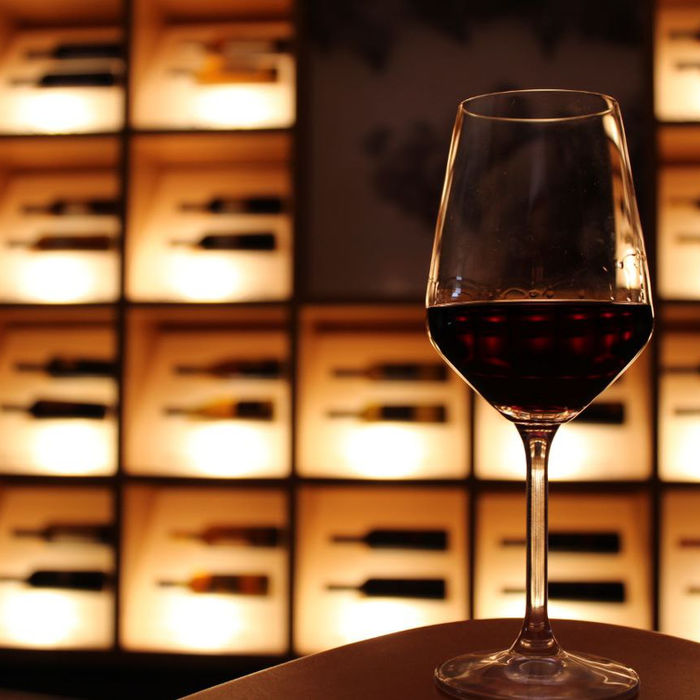THE VILLAGE OF SAMBUCA DI SICILIA Sambuca di Sicilia is a small village in Agrigento located in the Belice Valley, a particularly fascinating area of inland Sicily. Perched on a hill, amid vineyards and olive groves, the village retains traces of its Islamic matrix in the intricate fabric of ancient Zabut, still legible in the alleys of the Saracen quarter, among the most beautiful and well-preserved in Sicily, consisting of an urban fabric that develops around seven alleys, "Li Setti Vaneddi." Also of Arab identity are the purrère (underground quarries) and the Mazzallakkar fortress on the shores of Lake Arancio, which is submerged whenever the level of the Lake rises. Rich in history, art, natural beauty, traditions and food and wine, Sambuca di Sicilia won the title of "Borgo dei Borghi" in 2016. Breathtaking beauty springs from its deep roots, making it a small treasure chest waiting to be discovered. There is history and legend: a journey through time that reveals the essence of the Borgo. There is nature and territory. A destination for trekking and walking, the territory around Sambuca reserves striking and unexpected surprises such as the nature reserve of Monte Genuardo, the Resinata Forest near Lake Arancio and the archaeological area of Monte Adranone, located 7km north of the town of Sambuca, which houses the remains of the ancient city mentioned by Diodorus Siculus, Adranon, a Greek-Punic settlement destroyed around the third century BC, whose finds are partly kept inside the 15th-century Panitteri Palace. Along the Strata Granni (Strada Grande): the axis of Corso Umberto I, which connects the original medieval nucleus of the Arab Castle of Zabut (827) with the more recent area "outside the walls," it is possible to follow a narrative iter through history that recounts, in its stages, the evolution of the village and the lives of its inhabitants: from the Matrix, which sits atop the town and soars superbly over the Saracen alleys, to the Sanctuary of Maria SS. dell'Udienza and former Convent of the Carmelite Order; from the Palazzo dell'Arpa, to the Palazzi Ciaccio and Beccadelli, intercepting assets once in decay, then redeveloped according to a new cultural and tourist use: the Church of the Purgatory now houses the Museum of Sacred Art, home to numerous works by the Capuchin painter Fra Felice da Sambuca; from the precious picture gallery named after Maestro Gianbecchina, a Sambucese artist known worldwide for his portraits of the rural world; to the extraordinary late Baroque church of S. Catherine of Alexandria, rich in stuccoes attributed to the Serpotta school. But the wonders do not end there. It is also possible to admire the remains of the 16th-century Caruso Hospital with the adjoining Church of St. Sebastian, which today houses-consistent with the solid Sambucese tradition of embroidery and weaving of the place-the Museum of Textile Sculptures of Silvye Clavel, a Parisian artist of international prestige who lived in Sambuca for years. Finally, right at the foot of the Strata Granni stands out the 800-year-old Municipal Theater "L'Idea," which embellishes the village with its Art Nouveau beauty, representing the jewel in the crown of the entire Belice Valley. Sambuca is tradition! The main streets of the historic center come alive with sixteenth-century processions for religious festivals: from that of Maria SS. dell'Udienza, the patron saint of Sambuca celebrated on the third Sunday in May, to that of the co-patron saint, St. George the Martyr, who blesses the fields and families of the small town (festivals linked to traditional food and wine productions, such as the characteristic zabbinata or the distribution of pasta with dried broad beans called "Virgineddi" for the Feast of Mary Most Holy of Vassals celebrated on August 5 in the church of the same name). Numerous cultural events are then staged in the natural theater of the village among courtyards, stairways, alleys, and squares: from Calici di Stelle to Le Feste Saracene up to the Festival "Il Borgo colore del Vino" and the Sagra delle "Minni di Virgini," a delicious traditional sweet whose history is waiting to be discovered. Strongly rooted is the winemaking tradition that contributes to the identity character of the territory, so much so that Sambuca is included in the enogastronomic itinerary "Strada del Vino Terre Sicane." Alongside wine production is dairy production, the emblem of which is "Vastedda" del Belice, the P.D.O. cheese made entirely from sheep's milk from the Belice Valley. Sambuca is an opportunity not to be missed, an experience to be lived and savored.

































